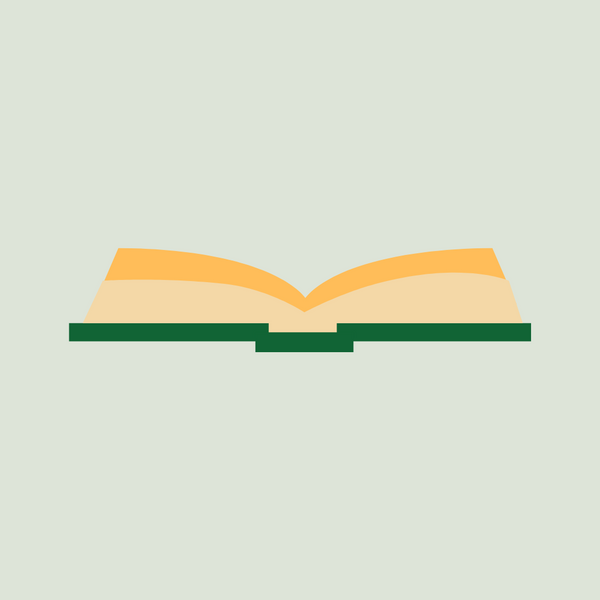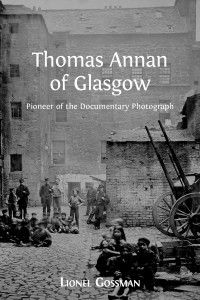The Middle is Marching: Adam Roberts, on reading George Eliot’s 'Middlemarch'
by Adam Roberts
In a recent article in the Guardian, MA Sieghart records the lamentable disengagement of male readers where female-authored fiction is concerned. ‘MA’ stands for Mary Anne, but Sieghart is making a specific point in using the ungendered initials for her byline. ‘Female authors through the centuries,’ she notes, ‘from the Brontë sisters to George Eliot to JK Rowling, have felt obliged to disguise their gender to persuade boys and men to read their books. But now? Is it really still necessary?’ Her answer, sadly, is: ‘yes.’
For the top 10 bestselling female authors (who include Jane Austen and Margaret Atwood, as well as Danielle Steel and Jojo Moyes), only 19% of their readers are men and 81%, women. But for the top 10 bestselling male authors (who include Charles Dickens and JRR Tolkien, as well as Lee Child and Stephen King), the split is much more even: 55% men and 45% women. In other words, women are prepared to read books by men, but many fewer men are prepared to read books by women.
It's an arresting observation. I don’t mean to come across as merely boastful if I say that I happen to be in the 19%. After all: I am a university professor (at Royal Holloway, University of London) specialising in the 19th-century and it would be a dereliction of professional duty if I ignored the women writers of that period. There might be a case to be made that the most significant English writers of poetry across that period were male, from Byron, Shelley and Keats through to Arnold, Tennyson and Browning—though there were some very interesting female poets writing in this period too of course—but it would be perverse to deny that the most important English writers of fiction were women: setting Dickens aside for a moment, the 19th-century novel is dominated by Jane Austen, Elizabeth Gaskell, the Brontë sisters and above all by George Eliot, one of the greatest of all novelists.
It’s an interesting question, assuming you accept my premise that 19th-C poetry was largely male, and the 19th-C novel predominantly female, as to why this might be. I think it has something to do with form. In a continuous tradition of Western culture and art from The Epic of Gilgamesh, through Homer, Virgil and Beowulf, and into medieval and Renaissance literature, what it means to be manly was front and centre. There’s really no shortage of art about manliness. But one of the things that the novel innovates is, precisely, the womanly. In opening the domestic, interiorised, femininized spaces to art, novels brought not just a diversity of topic but a focus on diversity as such into our collective cultural life. This centripetal, heterogenous and metaphorical (as opposed to metonymic) cultural logic continues to inform the novel in its manifold manifestations, which is why, even in an age of TV and cinema and video games, the novel continues to live and thrive.
I’m writing this blog because I, though a man, recently wrote a book about George Eliot—Marian Evans in her real-life—and her greatest novel, Middlemarch.
How did this come about? The proximate cause was that in 2019 I joined a collective reading-blog set up by Professor Gail Marshall of the University of Reading to mark the bicentenary of Eliot’s birth. Our group was partly comprised of academics and partly of ‘general readers’, and we worked through each of the novel’s eight books in turn, one per month. It was thoroughly enjoyable, but it was also an opportunity for me to refresh my sense of the novel—to get, in fact, properly close to it, to immerse myself in it. It really is as good as people say: Virginia Woolf in 1919 called it ‘the magnificent book’ and ‘one of the few English novels written for grown-up people’. F. R. Leavis praised Eliot’s ‘sheer informedness about society, its mechanisms, the ways in which people of different classes live’ and called her ‘a novelist whose genius manifests itself in a profound analysis of the individual.’ Why would any man deprive himself of such a treasure, just because it was written by a woman? Truly, too many of my sex have a problem.
Working through the novel this way I came to realise that one seemingly trivial thing—that many of the specific quotations and allusions Eliot makes in this deeply allusive, quote-filled novel, have not been properly identified by scholars—opened the book to a number of more profound things. But the first of these things prompted that reaction in me that many people assume is characteristic of university professors: a pedantic, academical desire to track down all the references, allusions and epigraphs in the novel. So that’s what I did.
For a novel like Middlemarch this runs the risk, almost, of self-parody. One of the novel’s main storylines concerns Casaubon, the elderly scholar, formal, arid, ‘dead from the waist down’ (as Browning put it), obsessed with developing and writing ‘The Key to All Mythologies’—a huge scholarly project that he, small-minded pedant and pettifogger, will never finish. The novel’s heroine, the beautiful and intelligent Dorothea decides she wishes to marry him. Perhaps she really does fall in love with him—love is strange, after all; but more readers, I think, see her as overcome by her own idealism. She admires rather than loves Casaubon, and fools herself into thinking that she could help him achieve his great, scholarly goal. It doesn’t work out that way. After they are married, she comes to see that Casaubon’s project is hopeless, unfinishable, and Casaubon himself not a great man but an emotionally-withered husk, bitter, prone to jealousy. She has also come to know handsome young Will Ladislaw—a much more attractive proposition: passionate about changing the world through journalism and politics, not about dead civilisations and dusty libraries. But though the attraction between Dorothea and Will is manifest, it’s too late: Dorothea is a married woman now. There’s a third man: young, energetic, passionate about his project like Will—this is Lydgate, who comes to Middlemarch to work as a doctor, and who has grand ambitions for scientific and medical research and advances.
You can see my position. I’m neither young nor handsome, and my work on this book looks rather more like Casaubon’s desiccated pedantry than Ladislaw or Lydgate’s more commendable engaged pursuits. Still: I hope I was able to do something a little less Casaubonic with the material I uncovered, and to put together a more interesting reading of this magnificent novel.
As I was working through it, I began thinking about ‘allusiveness’ in a wider sense. Eliot was an unusually well-read and cultured person, surely the single most intelligent writer of the century. When she writes a novel that is studded and threaded with literary quotation and allusion, how do we read that? Do these things add richness and context, or do they merely baffle us? When Eliot cites Sappho and Pascal, Homer and Lucretius, perhaps the intertexts are offered in the tacit belief that readers will recognise and understand without the need of a prompt from an editorial footnote. Perhaps Eliot assumes an audience sufficiently well-read as to be able to walk with her, hand in hand, through her own richly informed allusiveness. This seems unlikely, and not only because Eliot’s own reading was capacious beyond most people’s. So how do such allusions figure?
The argument I developed in Middlemarch: Epigraphs and Mirrors is that these quotations disclose, rather than enclose. That just as Lydgate uses lenses and mirrors to anatomise the medical reality of the world, so Eliot’s epigraphs are textual mirrors, reflecting and magnifying certain key elements in the fine-grained, beautifully written and observed textual reality Eliot creates. This in turn reflects back upon her mimesis, her mode of realism—the way she sets out to reproduce the world in her art. Verisimilitude reflects the world back to us (as opposed to, say, science fiction or fantasy, which invent their own worlds, augmenting or embroidering the baseline reality) but those reflections are not simple reproductions of how things ‘really’ are: the mirrors of art have their own shapes, put their own emphases on what they portray for us. And in Eliot’s case, as I argue in this book, she works not only with textual ‘mirrors’ but lenses, magnifying and bringing into view beautiful details of human life and love, of personal growth and social embeddedness.
Middlemarch: Epigraphs and Mirrors argues for Eliot's distinctive and powerful realism, reading the mirror-like and lens-like effects of her complex allusiveness in terms of her mimesis. There are chapters on the novel's intertextualities via George Sand and Pascal, Sappho, 19th-century Science, Tolstoy and Zola, Rousseau, Homer and Sophocles, Goethe and Guizot, bits and bobs on paintings and music and bells, Brownian motion and Herodotus. But most of all it is a work of homage to a great novel, one everybody—man or woman—should read.
Middlemarch: Epigraphs and Mirrors by Adam Roberts is an open access title available to read and download for free here.



